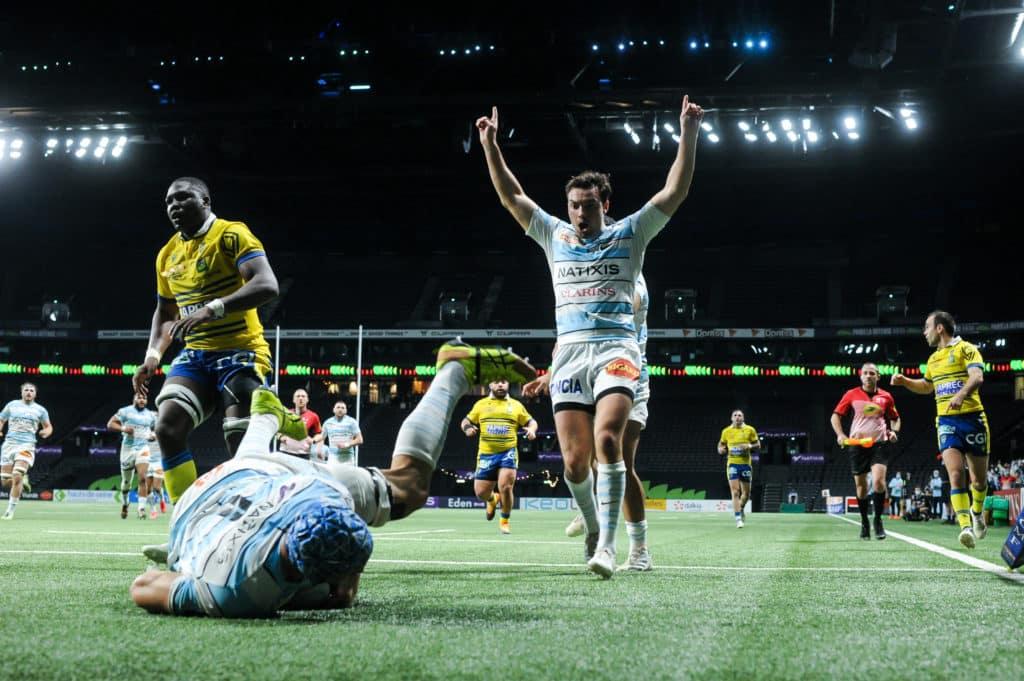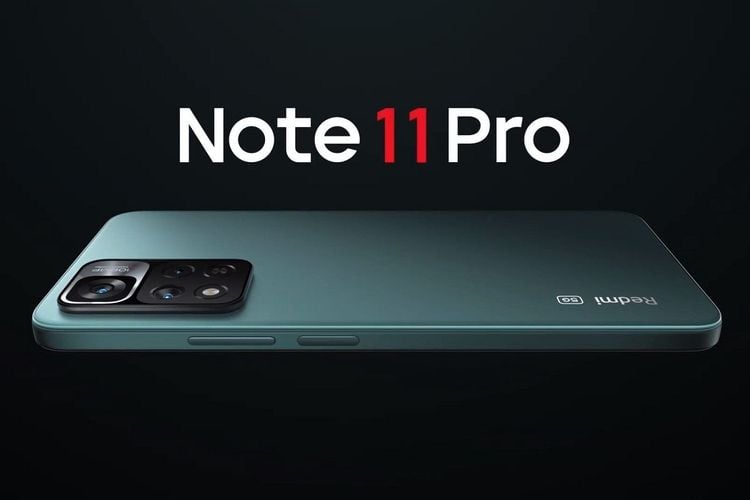Large stadiums and arenas are often among the most emblematic monuments of an agglomeration. However, in France, the various players generally devote few resources and time to the marketing development of such buildings. In the best of scenarios, the stadium consistently endorses the marketing assets of its club when the latter has free rein. In other more problematic cases, the sports arena becomes a veritable theater of the ephemeral which comes to life only once or twice a month. Decryption.
“In a week spent in Los Angeles, I was able to attend an NBA game with the Lakers, another with the Clippers, an NHL game with the Kings and… a Chris Brown concert at the Staples Center. The lineup is crazy at major North American sports venues! “It is with stars in his eyes that Benjamin Roumegoux, Sales Director of Ticketchainer and Stadium Expert, tells us this anecdote experienced during his American Stadium Tour in 2019. The Californian stadium, now renamed Crypto.com Arena due to a naming agreement, is far from being a special case in the United States. The iconic Madison Square Garden, an arena nestled in the heart of Manhattan in New York, hosts more than 300 cultural and sporting events a year. To the point of forgetting that it is the residence of the Knicks (NBA)!
“In the United States, the stadium is treated as a brand in its own right. Most of them have their own logo. The franchises then capitalize on the strengths of their sports arena to cultivate emotional attachment with their various communities. The stadium serves the outreach strategy of the franchises in the same way as the players” specifies Benjamin Roumegoux.
In France, Paris La Défense Arena has also relied on a rich program to rapidly develop its activities. In addition to hosting all Racing 92 meetings, the Altoséquanaise enclosure has already hosted many renowned artists – despite activities severely hampered by the health crisis – like the Rolling Stones concert organized for its inauguration in 2017 or even Mylène Farmer and those to come from Céline Dion. “The strength of Paris La Défense Arena is to have designed a marketing strategy like a rocket with, for the first stage, the definition of a policy of major events. Programming is the basis of all marketing and economic success for a stadium. It is essential to attract the various B2B and B2C audiences” decrypts Jean-Baptiste DurandDirector of EDMO Conseil and former Financial Manager of Paris La Défense Arena.
“In the United States, the stadium is treated as a brand in its own right”
Benjamin Roumegoux – Commercial Director – Ticketchainer
Nevertheless, it would be somewhat simplistic to sum up the success of American stadiums – or that of Paris La Défense Arena – to a program provided. From the initial phase of project definition, the various stakeholders involved strive to understand the marketing and commercial issues from all angles in order to extract the quintessence in terms of operation. “American clients give an important place to architecture and aesthetics. It’s important for them to stand out. American stadiums are, from a visual point of view, much more easily identifiable. Who doesn’t have in mind the design of the Mercedes-Benz Stadium in Atlanta? Nevertheless, some European stadiums also stand out at this level, such as Wembley and its emblematic arch or the Allianz Arena with its rubber dinghy-shaped envelope. An envelope which, with its LED lighting, constitutes a real marketing tool allowing messages to be conveyed or events to be commemorated” analyzes Benjamin Roumegoux. The concessionaires of the main US stadiums also attach great importance to the layout of their passageways, by displaying photos and other strong symbols of significant events or by paying attention to the decorative elements on display. “Fifteen unique works of art, commissioned by Jerry Jones, are exhibited in the walkways of the Dallas Cowboys’ AT&T Stadium. The stadium is a real museum,” continues Benjamin Roumegoux.

Are American marketing methods transposable to other markets? “A stadium’s marketing strategy can be summed up in three points. There is the servicing part encompassing issues related to accessibility, catering, safety, cleanliness, information & signage, quality of reception… There is also the experiential part that we no longer call commonly entertainment. The objective is to enhance the experience at the stadium to promote memories. Event organizers multiply the animations and tend to use technological tools to enrich the experience. Finally, and this is the most important element, there is the perception of the stadium in relation to the history and performance of its resident club. It is the hard core. Besides, we have to be honest: some football fans have unforgettable experiences in Argentinian or Italian venues even though the equipment is very old. The atmosphere that emanates there makes you forget the poor quality of the facilities” says Lionel MalteseLecturer at Aix-Marseille University.
“How can sports equipment be kept alive all year round without distorting it? »
Lionel Maltese – Lecturer – Aix-Marseille University
While in Europe the marketing assets of a sports arena are often intimately linked to those of its resident club; Lionel Maltese warns against the dangers of reinforced multiprogramming, which can affect the identity of places. “Issues related to the promotion and monetization of stadiums are very complex subjects to address. Paris La Défense Arena is more identified as a venue for major international events, although it is also the home of Racing 92. How can sports equipment be kept alive all year round without distorting it? This question is also important for the Roland-Garros site. How far can you go in the exploitation of Roland-Garros without destroying its soul and breaking the brand strategy associated with the tournament? It’s a subtle balance to find. It is necessary to set up a strong brand strategy by assuming a real positioning. This requires making choices in the events hosted,” warns Lionel Maltese.
Transform a stadium into a permanent living space to promote its territorial anchoring
Isn’t the best way to reinforce the potential of a stadium to fully anchor it in its territory? This is the strategy that some professional clubs are trying to put in place, by promoting the development of multiple ancillary activities to transform their enclosure into a real living space, integrated into the economic activity of their city. In France, ASM Clermont Auvergne Rugby is a real example in this area. Having invested €30m in the transformation of the Marcel Michelin stadium over the past 15 years; the Auvergne club has relied heavily on its production tool to ensure its development. Development of a commercial forecourt housing various shops open throughout the year, inauguration in 2016 of an ASM Experience museum on the way to crossing the 100,000 visitor mark, construction of a new ultra-modern training center , opening in 2012 of a restaurant l’En-but also accessible outside match days, new reception areas rented throughout the year to businesses in the region… the Marcel Michelin stadium now constitutes a real economic lung in the heart of the Montferrand district.



